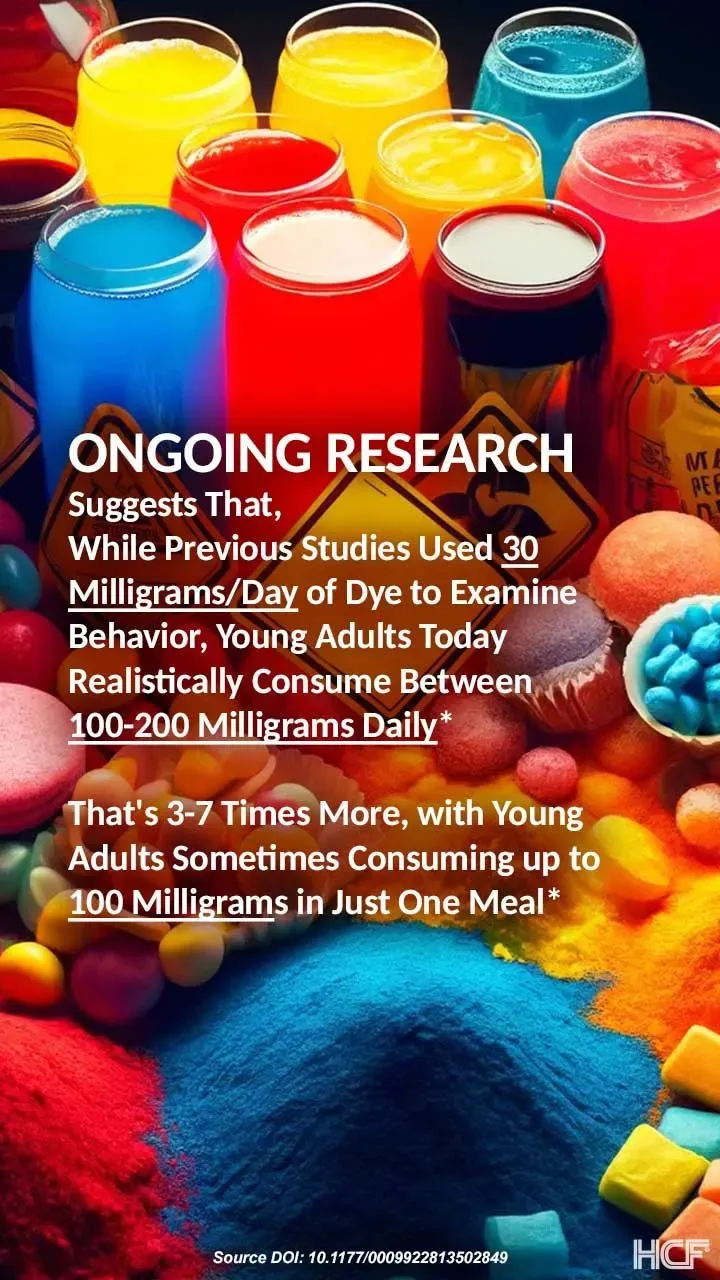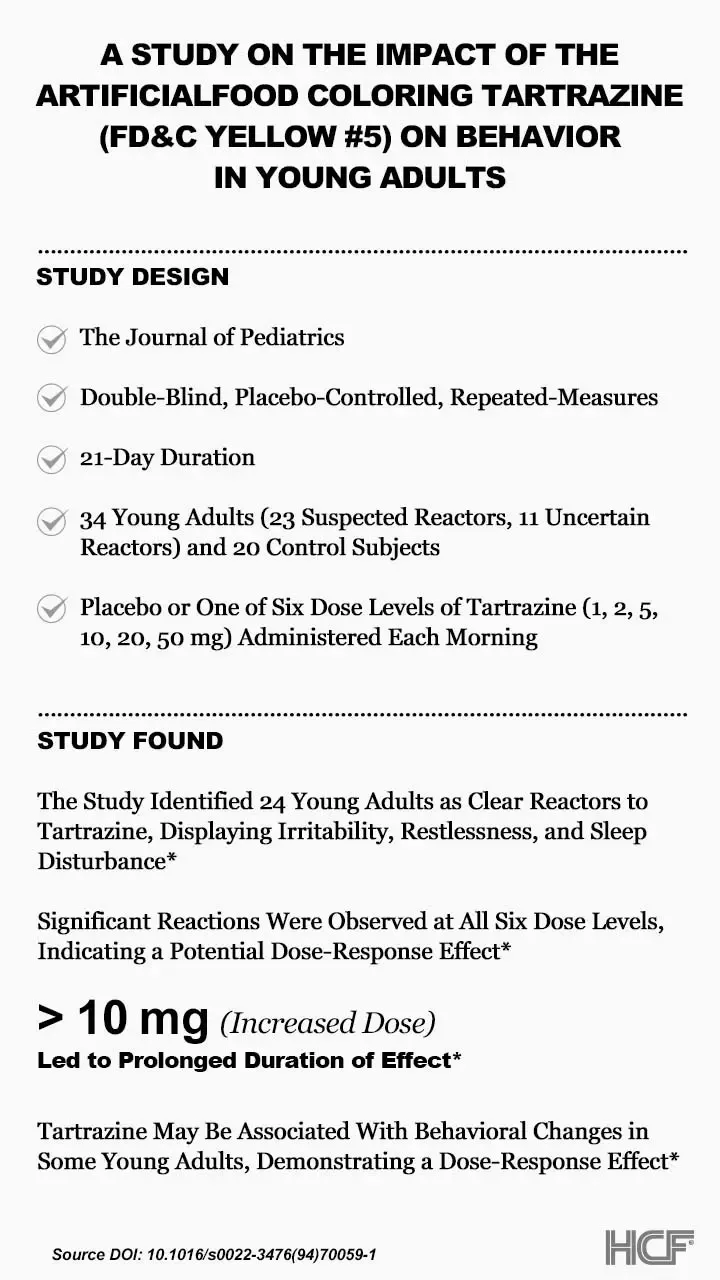
2EXCIPIENTS
Artificial Food Colors: A Hidden Danger?
2 min read

Essentials
- Studies have shown that removing artificial colors from the diet can benefit young adults with attention challenges, with significant behavioral improvements reported.*
- In 2009, the U.K. government advised food companies to consider alternative coloring options, and by 2010, products containing artificial dyes had to carry clear warnings.
Have you ever noticed the vibrant colors of some capsules and tablets? They can come from a number of sources—but typically from artificial colors.
You will likely find them in almost everything from your loved ones favorite gummy vitamins to your daily nootropic. That's because—over the years—artificial colors have become the norm in many nootropics (and foods).*1,2
But here's the thing: not everyone's on board with consuming a bunch of artificial additives. Many health-conscious consumers have raised concerns about the potential health implications of these additives. Are their worries justified? Let’s find out.
Have you checked your favorite nootropic's label lately?
Here's a quick exercise you can do right now: Pick up that nootropic or multivitamin bottle sitting on your stand and read through some of the 'Inactive’ or ‘Other’ ingredients. How many do you recognize? Can you spot any artificial colors? Does that list contain any head-scratching excipients you know nothing about?
Many can answer ‘Yes’ to at least one of these questions. So, here is our next question: Why would you settle for a product stuffed with artificial colors and other artificial additives?
Attention challenges in young adults and artificial colors: is there a link?


For instance, a 1994 study looked into how certain foods and additives may be common causes of attention challenges in young adults. 73% of the young adults reacted to many foods, dyes, and/or preservatives. Researchers concluded that eliminating reactive foods and artificial colors in young adults with challenges with focus may be beneficial.*3
Another double-blind, placebo-controlled, repeated-measures study looked for a link between the ingestion of artificial food colorings and behavioral change in young adults. 150 out of 200 young adults reported behavioral improvements after a 6-week diet free of artificial food coloring. At the end of the study, researchers concluded that “behavioral changes in irritability, restlessness, and sleep disturbance are associated with the ingestion of Tartrazine in some young adults.”*4


In a move towards transparency, in 2009, the U.K. government advised food companies to look at other coloring options. By 2010, they ensured consumers knew what they were getting, requiring a clear warning on products that contained artificial dyes.
More often than not, artificial color allergies tend to slip under the radar.*
You know how some people can't eat peanuts without breaking out in hives or having a more serious reaction? Well, our bodies can sometimes react to certain substances in unexpected ways.
Similarly, some may react to artificial colors present in certain nootropics.*5,6,7,8
While allergies to artificial colors are not as common as shellfish or peanut allergies, they have the potential to be just as serious. What happens? It's our immune system that goes, "Hey, I don't know about this!" and decides to put up a fight, leading to challenges like itching, swelling, or even more severe reactions.*5,6,7,8
There’s no reason to use artificial colors in nootropics. Period.
There is no circumstance where artificial colors are necessary. No nootropic or dietary supplement needs to be a specific color to taste better or work differently. Artificial colors are used solely for cosmetic purposes—just to make nootropics look more appealing.
At HCF®, our commitment to clean label principles, a core part of our 7 Advances®, extends beyond just avoiding unnecessary fillers, binders, and additives. HCF® advanced nootropics are not just free from additives (like stearates, which may hinder nutrient absorption) and artificial colors and flavors (which are known to potentially trigger allergens and sensitivities), but we also prioritize natural, recognizable, and carefully selected neuro-nutrient forms that support all three brains (head, heart, and gut).*